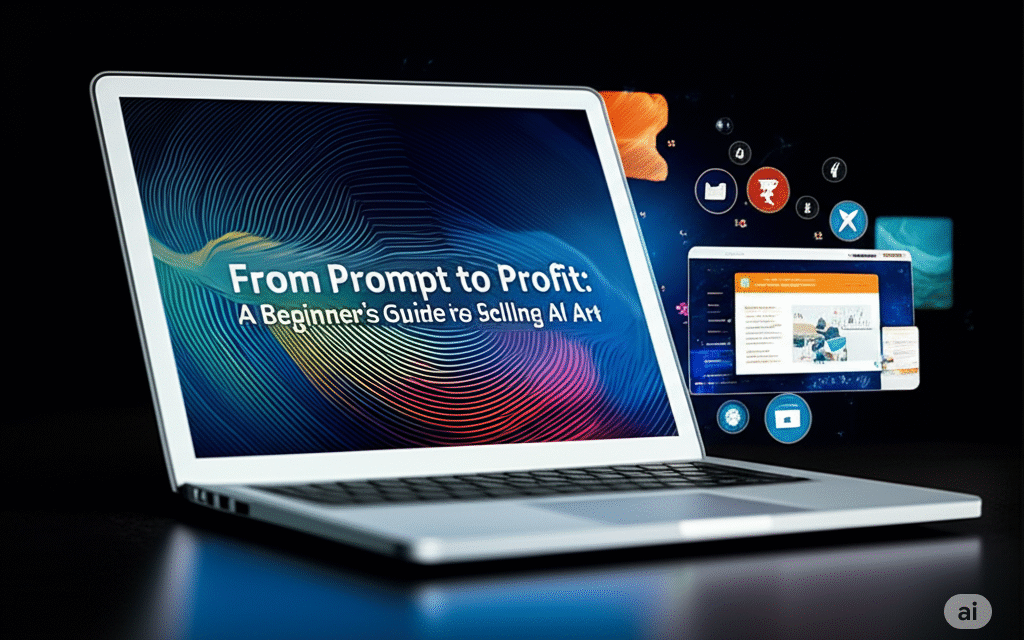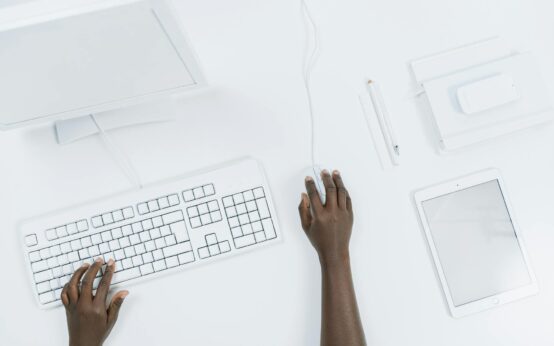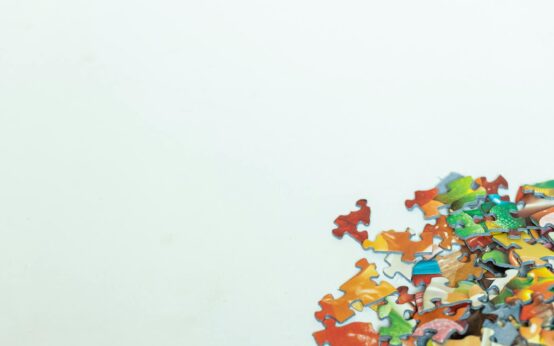The world of art is constantly evolving, and the emergence of AI art has opened up exciting new avenues for creativity and income generation. For beginners, the idea of selling AI art might seem daunting, but with the right guidance, it’s entirely achievable. This comprehensive guide, “From Prompt to Profit: A Beginner’s Guide to Selling AI Art,” will walk you through every step of the process, from understanding the basics of AI art creation to successfully marketing and selling your unique digital masterpieces.
Understanding the Basics of AI Art
At its core, AI art is created using artificial intelligence algorithms. These algorithms, often trained on vast datasets of existing images, can interpret text prompts and generate entirely new visuals. Tools like Midjourney, DALL-E 2, Stable Diffusion, and others allow users to input text descriptions, known as prompts, and receive unique and often stunning pieces of art in return.
The beauty of AI art lies in its accessibility. You don’t need years of traditional artistic training to create compelling visuals. Your creativity and the quality of your prompts become the primary drivers of your artistic output. This democratization of art creation has paved the way for a new wave of digital artists, many of whom are turning their AI-generated creations into a source of profit.
Step-by-Step Guide to Selling Your AI Art
Now, let’s delve into the practical steps you need to take to start selling your AI art.
1. Mastering the Art of Prompting
The foundation of compelling AI art lies in crafting effective prompts. A well-written prompt will guide the AI algorithm to generate an image that aligns with your vision. Here are some tips for writing better prompts:
- Be Specific: Instead of a vague prompt like “a landscape,” try something like “a photorealistic sunset over a snow-capped mountain range with a serene lake in the foreground, golden hour lighting.”
- Use Descriptive Adjectives: Incorporate adjectives that describe the mood, style, colors, and details you envision.
- Specify Artistic Styles: If you have a particular artistic style in mind (e.g., Impressionistic, Art Deco, cyberpunk), include it in your prompt.
- Experiment with Keywords: Try different combinations of keywords to see how they influence the output.
- Iterate and Refine: Don’t be afraid to run multiple variations of a prompt and refine it based on the results.
2. Curating and Selecting Your Best AI Art
Once you start generating AI art, you’ll likely end up with a large collection of images. It’s crucial to curate your work and select only the best pieces to sell. Consider the following factors when making your selections:
- Visual Appeal: Does the artwork stand out and capture attention?
- Originality: While AI generates the base image, your unique prompts and any post-processing contribute to its originality.
- Technical Quality: Ensure the image is high-resolution and free of noticeable artifacts or distortions.
- Marketability: Consider what types of art are currently popular and what niche your work might fit into.
3. Preparing Your Art for Sale
Before you can sell your AI art, you need to prepare it properly. This involves:
- Upscaling: Many AI art generators produce images at a moderate resolution. Use an AI-powered upscaling tool to increase the resolution without losing quality. This is essential for printing and displaying your art on larger screens.
- Post-Processing (Optional): You can use image editing software like Photoshop or GIMP to further enhance your AI art. This might involve adjusting colors, contrast, or adding subtle details.
- Creating Mockups: Showcase your art in realistic settings by creating mockups. This could involve placing your artwork on virtual walls, in frames, or on products like mugs and canvases. Mockups help potential buyers visualize how the art might look in their own spaces.
4. Choosing the Right Platforms to Sell Your AI Art
Several online platforms cater to digital artists and provide avenues for selling AI art. Here are some popular options:
- NFT Marketplaces: Platforms like OpenSea, Rarible, and Foundation allow you to tokenize your AI art as Non-Fungible Tokens (NFTs). This provides proof of ownership and authenticity, which can be appealing to collectors. Selling AI art as NFTs often involves setting up a crypto wallet and paying gas fees (transaction costs on the blockchain).
- Print-on-Demand Services: Services like Printful, Printify, and Redbubble allow you to upload your AI art and sell it as physical products such as prints, posters, canvases, apparel, and home décor. These platforms handle the printing, shipping, and customer service, making it a relatively hands-off way to sell your work.
- Online Marketplaces: General marketplaces like Etsy can also be used to sell AI art, particularly as digital downloads or physical prints that you manage yourself.
- Your Own Website: For more control over your branding and sales process, consider setting up your own website using platforms like Shopify or WordPress with an e-commerce plugin. This requires more effort in terms of marketing but allows you to build a direct relationship with your customers.
When choosing a platform, consider factors like fees, target audience, ease of use, and the types of products you want to offer.
5. Pricing Your AI Art
Determining the right price for your AI art is crucial for maximizing your profits without deterring potential buyers. Consider the following factors:
- Cost of Generation: While the initial cost of using AI art generators might be low, factor in any subscription fees or credits you purchase.
- Time and Effort: Even though the AI does the initial generation, your time spent crafting prompts, curating, upscaling, and post-processing should be valued.
- Uniqueness and Rarity: Is your AI art part of a limited edition or a one-of-a-kind piece? Scarcity can increase perceived value.
- Market Demand: Research prices of similar AI art on the platforms you’re using to get a sense of the current market rates.
- Your Brand and Reputation: As your reputation as an AI artist grows, you may be able to command higher prices.
- Printing and Production Costs (if selling physical products): Factor in the cost of printing, materials, and shipping when setting prices for physical AI art.
Don’t be afraid to experiment with different pricing strategies and adjust as needed based on sales and feedback.
6. Marketing and Promoting Your AI Art
Creating great AI art is only half the battle; you also need to effectively market and promote your work to reach potential buyers. Here are some strategies to consider:
- Social Media Marketing: Share your AI art on platforms like Instagram, Twitter, Facebook, and Pinterest. Use relevant hashtags (e.g., #aiart, #generativeart, #digitalart) to reach a wider audience. Engage with other artists and art enthusiasts.
- Building an Email List: Encourage visitors to your website or platform profiles to sign up for your email list. Use email marketing to announce new artwork, promotions, and updates.
- Content Marketing: Create blog posts or articles (like this one!) about your AI art process, the inspiration behind your work, and the world of AI art in general. This can help you attract organic traffic and establish yourself as a knowledgeable creator. You can learn more about creating compelling content using AI content tools, as discussed in this insightful article on how one individual made $10k in a month using them:.
- Collaborations: Partner with other artists or influencers to cross-promote your work to each other’s audiences.
- Participating in Online Communities: Engage in AI art forums and communities to connect with potential buyers and other artists.
- Paid Advertising: Consider running targeted ads on social media or search engines to reach a specific audience interested in AI art.
7. Building Your Brand as an AI Artist
As you continue to create and sell AI art, focus on building your brand. This involves developing a consistent artistic style (even within the diverse possibilities of AI), engaging with your audience, and providing excellent customer service. A strong brand can help you stand out from the competition and build a loyal customer base.
Legal and Ethical Considerations
While the world of AI art is exciting, it’s also important to be aware of the legal and ethical considerations:
- Copyright: The legal status of copyright for AI art is still evolving. Be transparent about the tools you use and the extent of your creative input.
- Data Privacy: Be mindful of the data used to train the AI models you employ.
- Attribution: While not always legally required, consider giving credit to the AI tool you used to generate the base image.
Staying informed about these issues will help you navigate the AI art landscape responsibly.
Conclusion: Embracing the Potential of AI Art
Selling AI art presents a unique opportunity for beginners to tap into the growing digital art market. By mastering the art of prompting, curating your work effectively, choosing the right platforms, and implementing strategic marketing, you can turn your creative explorations into a profitable venture. Embrace the potential of AI art, stay curious, and embark on your journey from prompt to profit!
FAQ: Selling AI Art for Beginners
Q: Do I need to be a traditional artist to sell AI art? A: No, you don’t need traditional art skills. The ability to craft effective prompts and curate your results is key.
Q: Is selling AI art profitable? A: Yes, it can be profitable, but it depends on the quality of your work, your pricing strategy, and your marketing efforts.
Q: Where can I sell AI art online? A: You can sell on NFT marketplaces (OpenSea, Rarible), print-on-demand services (Printful, Redbubble), online marketplaces (Etsy), and your own website.
Q: What are NFTs? A: NFTs (Non-Fungible Tokens) are unique digital assets that represent ownership of an item, in this case, your AI art. They are stored on a blockchain.
Q: How do I price my AI art? A: Consider the cost of generation, your time, the uniqueness of the piece, market demand, and your brand.
Q: How do I protect my AI art from being copied? A: Watermarking your images and selling them as NFTs can help protect your ownership.
Q: What are good keywords for selling AI art? A: Some good keywords include: AI art, generative art, digital art, NFT art, sell art online, buy AI art, unique art, custom art, abstract AI art, landscape AI art, portrait AI art, modern AI art, art prints, digital downloads, AI artist, prompt engineering, AI image generation, online art gallery, crypto art, blockchain art.
Q: Do I need to disclose that my art is AI-generated? A: Transparency is generally recommended. Disclosing that your art is AI-generated can build trust with buyers.
Q: What are some popular AI art generators for beginners? A: Midjourney, DALL-E 2, and Stable Diffusion are popular and relatively user-friendly options.
Q: How can I improve my AI art prompts? A: Be specific, use descriptive language, experiment with different styles and keywords, and iterate based on the results.



 Monetize Your Passion: Turn Hobbies into Online Businesses
Monetize Your Passion: Turn Hobbies into Online Businesses  Dominate Local Search: Sri Lankan SEO Guide (2024)
Dominate Local Search: Sri Lankan SEO Guide (2024)  Crafting Killer Fiverr Gigs: The Art of Selling
Crafting Killer Fiverr Gigs: The Art of Selling  Best Tools for Managing Your Freelance Career Online
Best Tools for Managing Your Freelance Career Online  Craft Winning Upwork Proposals: Land High-Paying Clients
Craft Winning Upwork Proposals: Land High-Paying Clients  Make Money Proofreading: Your Guide to At-Home Income
Make Money Proofreading: Your Guide to At-Home Income  Crypto Market Cycles: Bulls, Bears, and Smart Investing
Crypto Market Cycles: Bulls, Bears, and Smart Investing  Crypto Research: A Guide Before You Invest
Crypto Research: A Guide Before You Invest  Layer 1 vs. Layer 2: Blockchain Scaling Explained
Layer 1 vs. Layer 2: Blockchain Scaling Explained  Crypto Security: Protect Your Digital Assets | Best Practices
Crypto Security: Protect Your Digital Assets | Best Practices  DeFi for Beginners: A Clear Guide to Decentralized Finance
DeFi for Beginners: A Clear Guide to Decentralized Finance  Reading Order Books & Market Depth: A Trader’s Guide
Reading Order Books & Market Depth: A Trader’s Guide